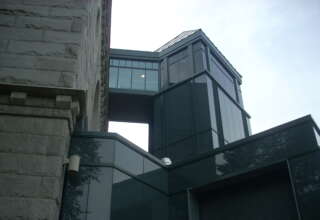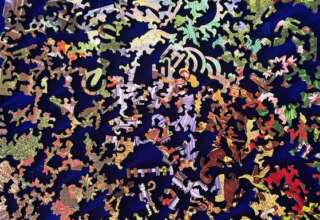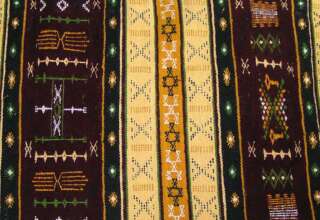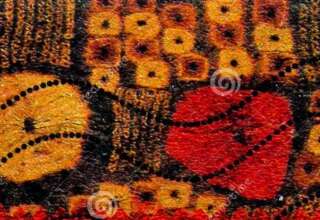
By civil religion, I have in mind not only institutional religion and the beliefs and practices as they relate to the sacred and transcendent, but also practices not always defined as religious, including the rites of passage offered by our various youth brigades, and also the values of communalism and national sacrifice. Religion also encompasses the human, cultural dimensions within faith traditions, such as how human agency shapes, influences, and complicates religious control. Thus, I have argued that religion should be examined not only as a sacred phenomenon, but also as a cultural and human reality, all the while remembering the importance of integrating the sociopolitical dimensions of religiosity into any examination of an African state.
As I have noted, it is in the presence of civic religion in African communities that we witness the interweaving of the sacred and secular. Religion is embedded in community and community is embedded in religion. All spheres of the African cosmology are engaged, both past and present. In the midst of this sacred-saturated community we find the “coin of the realm”—and it is not money or any other secular commodity (such as land, building or stock portfolio). In the African community (and organization) there is no market exchange—only social exchange.
I personally witnessed this saturation of the Africa-centric communities when visiting Red Top, North Caroline—a home for the previously mentioned Gullah people. I had the honor and privilege of attending a church service in Red Top. This was a special service in several regards. First, the members of this church were being celebrated by another congregation that joined members of the Red Top congregation in conducting a “ring shout” (which is not as one might assume a display of vocal exuberance, but is instead a display of exuberant dancing, with rhythmic stomping being prevalent).
The service I attended was special in a second way. Tragically, the home of one of the church congregants burned to the ground the evening before the service was held. The pastor of this church announced that “Sister Browne” was without a home and that it is “right and proper” that we donate money to help her rebuild her home. At that moment, a card table was placed out in the aisle and members of the congregation got up and began placing cash on the table. An ample amount of money was donated that morning (at least several thousand dollars). This was impressive especially given that Red Top is one of the poorest communities in the United States.










Charly Wiliamse
August 16, 2021 at 10:23 pm
I have thought so many times of entering the blogging world as I love reading them. I think I finally have the courage to give it a try. Thank you so much for all of the ideas!
power bi course
December 7, 2021 at 7:29 am
Thanks for sharing information.